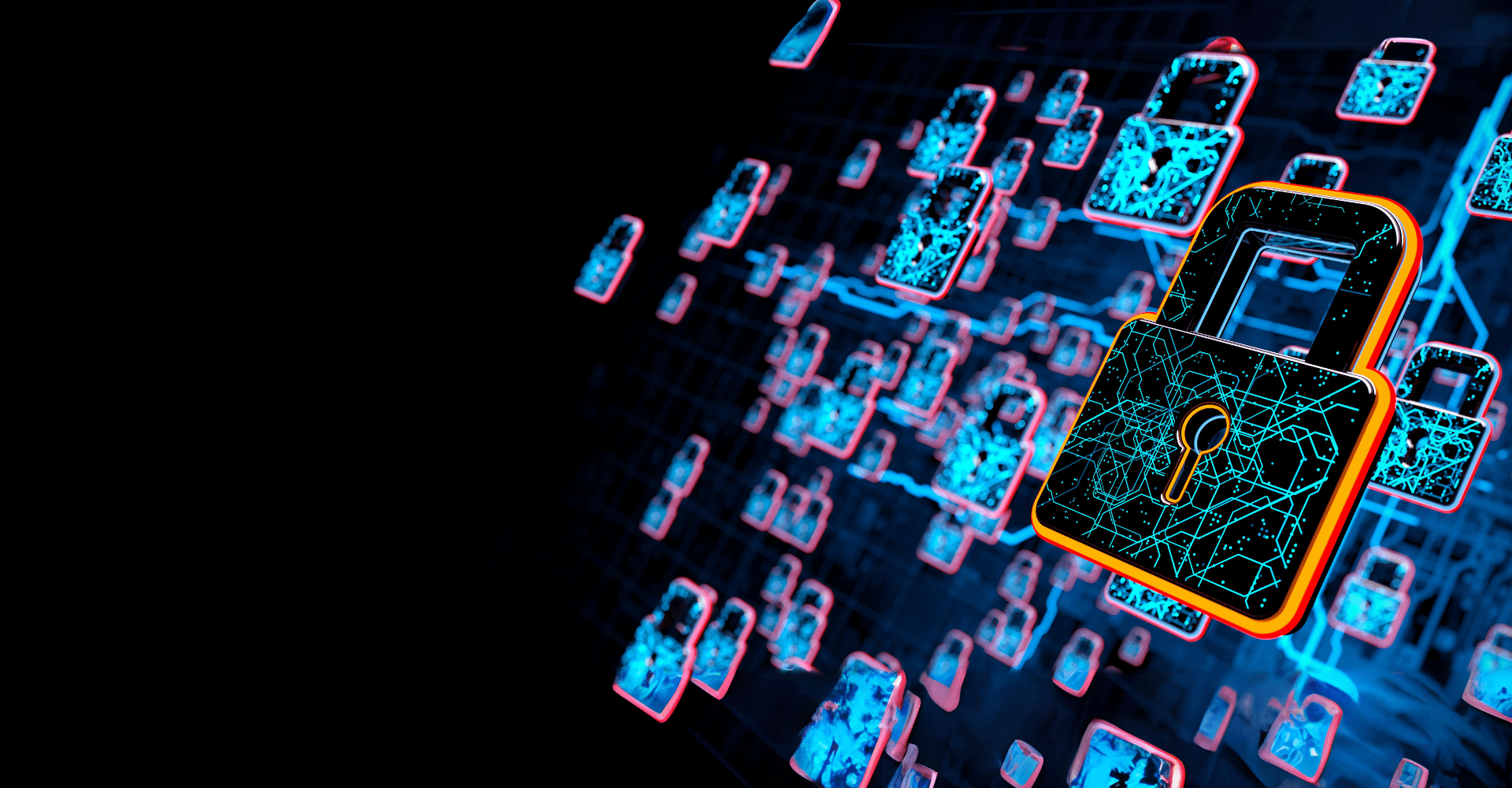Creating a robust business IT security strategy involves several essential components, each playing a crucial role in protecting the company’s data and systems. Think of it as building a fortress to safeguard valuable assets.
Why Do Businesses Need A Security Strategy?
The primary reason for this is the safety of private data. With a weak security strategy, companies face the danger of exposing private customer data, intellectual property, and other confidential assets as data breaches have become shockingly common.
Furthermore, the increasing frequency and sophistication of cyberattacks such as ransomware, phishing, and malware make it critical for businesses to be paying attention and proactive. Using a thorough IT security plan helps protect against these outside risks as well as reduce insider threats—intentional or accidental—that might compromise the integrity of business activities.
Key Components for Business Security Strategy
Before beginning to implement essential components companies must agree on the following two approaches: Organisational engagement, communication, ongoing improvement, and business continuity.
Organisational Engagement and Communication
Getting support from all levels of your company will help to guarantee the effectiveness of your security plan. Everyone from senior management to entry-level staff has a shared responsibility for security; so, everyone should know and support the strategy. Engaging all levels guarantees a consistent approach and emphasises the need of security measures.
Ongoing Improvements and Business Continuity
Regular assessment and update of your security strategy is absolutely vital since security threats are always changing. Also, security should be treated as an ongoing process rather than a one-time project. Maintaining a strong security posture mostly depends on ongoing monitoring, assessment, and improvement. Make sure that security procedures don’t hinder everyday operations so that the company can keep running without any problems maintaining a high degree of security.

1. Risk Assessment and Management
A strong IT security strategy starts with knowing what you need to protect and what potential threats are. This is a risk assessment whereby you find the important assets—such as consumer information or financial records—along with the risks associated with them—such as data breaches or hackers. Knowing the stakes and potential threats helps you to properly arrange to reduce these risks, ultimately managing the risks.
2. Security Policies and Procedures
Once the risks have been identified, it is critical to implement security rules and procedures. These are the rules and recommendations for how data should be handled and protected. It’s similar to establishing house rules so that everyone understands what they need to do to keep the house secure. This covers procedures for password management, data encryption, and access control.
3. Access Control
Access control is essentially about deciding who can see what on your systems. It’s like having several keys for various rooms in a building. Not everyone needs to access everything; limiting access to just what each employee needs can greatly lower the danger of data breaches. This entails using rights and user authentication among other things.
4. Data Encryption
Encrypting data involves transforming it into a coded format that can only be read by someone with the decryption key. This is like locking vital paperwork in a safe. Even if someone intercepts the data, without the key they can’t understand it. Encryption should be applied to data at rest (stored data) and data in transit (data being sent or received).
5. Regular Updates and Patch Management
Regular updates of systems and software help to guard against vulnerabilities. Imagine it as mending walls of your fortification from cracks. Frequently, cybercriminals use outdated programmes to get into networks. Maintaining current with the most recent security patches for any programme helps prevent these attacks.
6. Employee Training and Awareness
Human error is frequently the weakest link in security. Training employees on security best practices is similar to teaching the residents of your castle how to keep it safe. This includes identifying phishing attempts, choosing strong passwords, and knowing the need of complying with security rules.
7. Incident Response Plan
Despite the best precautions, security breaches can still happen. An incident response plan outlines the steps to take when a security incident occurs, similar to having an emergency plan in case of a fire. This plan helps to quickly contain and mitigate the impact of the breach, ensuring the business can recover swiftly.
8. Regular Audits and Monitoring
Continuous monitoring and regular security audits are necessary to maintain a secure environment. It’s like regularly inspecting your fortress for weaknesses and ensuring that everything is functioning as it should. This involves monitoring network activity for unusual behaviour and conducting periodic audits to identify and address potential security gaps.
9. Backup and Recovery
Finally, having a robust backup and recovery plan ensures that data can be restored in case of a loss. This is like having a contingency plan to rebuild your fortress if it gets damaged. Regularly backing up data and testing the recovery process ensures that the business can continue to operate even after a significant security incident.
Lucidica recognises the critical importance of comprehensive security measures and offers bespoke cybersecurity services to help businesses strengthen their defences. Our security packages encompass all the essential components of a robust business security strategy and more. For further details, please visit our cybersecurity packages page and get in touch with us.








